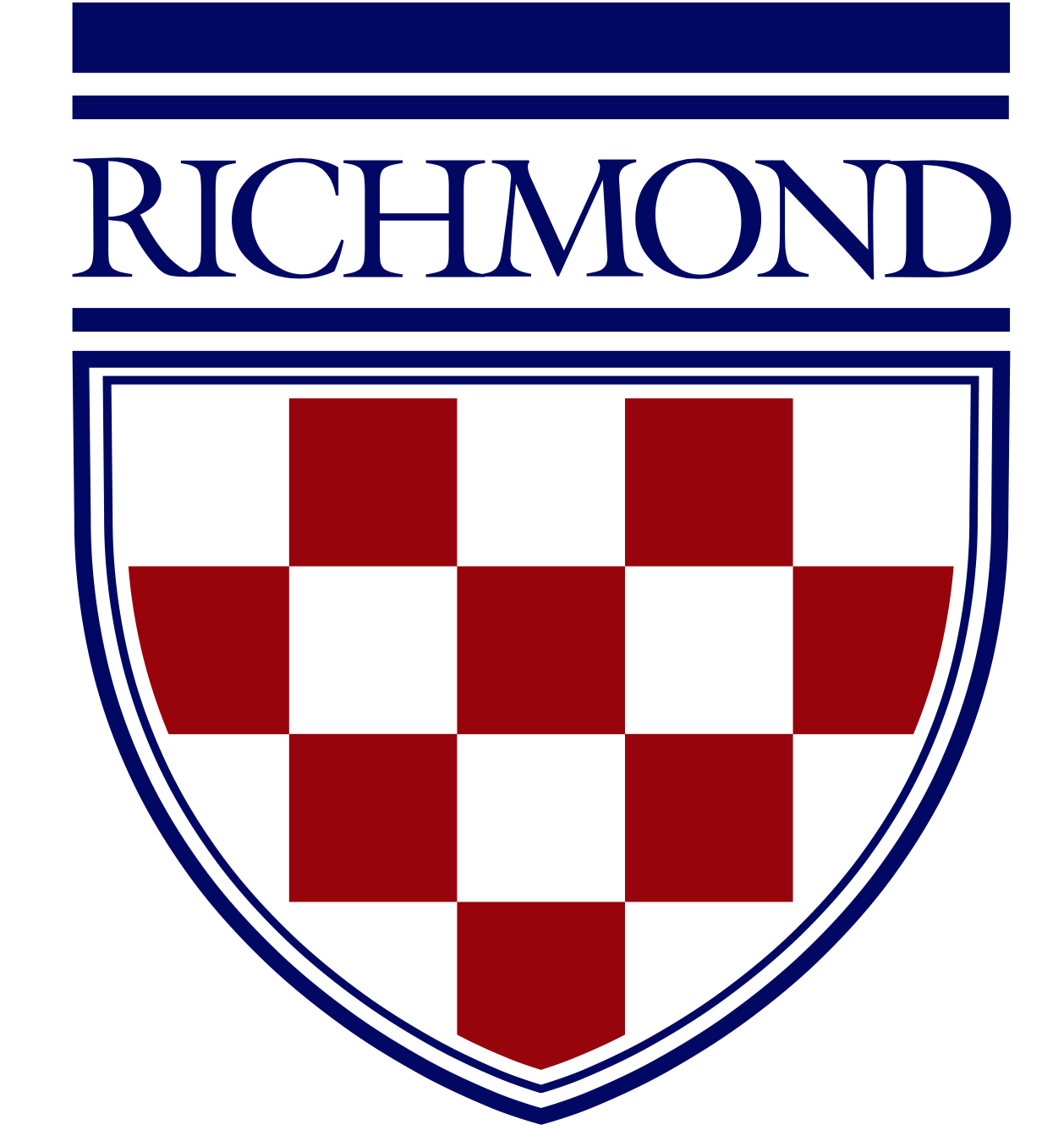The Migration of German Mathematics
While exploring American Mathematics, it is impossible to overlook the contributions of German mathematicians. One could start this examination with Felix Klein, a German scholar who played a significant role in the development of mathematics in the United States. Embodying the German ideals of research, he became a lighthouse for modern American mathematics by teaching America’s best students. Klein attained a unified understanding of mathematical knowledge that extended the accomplishments of his predecessors in various mathematical fields and established a continuing path for advancement. However, this did not last very long as in January 1933, Adolf Hitler and the Nazi party assumed control of Germany. The Nazi regime caused a discontinuity across the spectrums of life, including the international mathematical community. Voluntary academic emigration, which was a long tradition of the international mathematical community, died out and became more or less forced migration for survival. Some of these immigrants were lucky enough to cross the Atlantic into a new world, not an optimal world just slightly better in most cases. This group included but was not limited to, Lipman Berz, Emil Artin, Richard Courant and Richard von Misses. However, many more were not lucky enough to succeed in reaching the safety of a new opportunity outside of Germany . This list included, among others, Robert Remak, Otto Blumenthal, Ludwig Berwald, and Felix Hausdorff. In this project, I will call attention to the mathematicians who managed to make their way to America along with the less fortunate who did not make their way out in time.
The map below identifies each immigrant’s initial academic home when they arrived in America.
Both voluntary and forced migration shaped American mathematics. The imprint of individual and collective experiences of some of these immigrants have garnered attention. Others remain obscured. And, it seems, others are still hidden from view. The current work begins to identify geographical trends that formed as immigrants made their way to America and contributed to the development of mathematics in the country.

